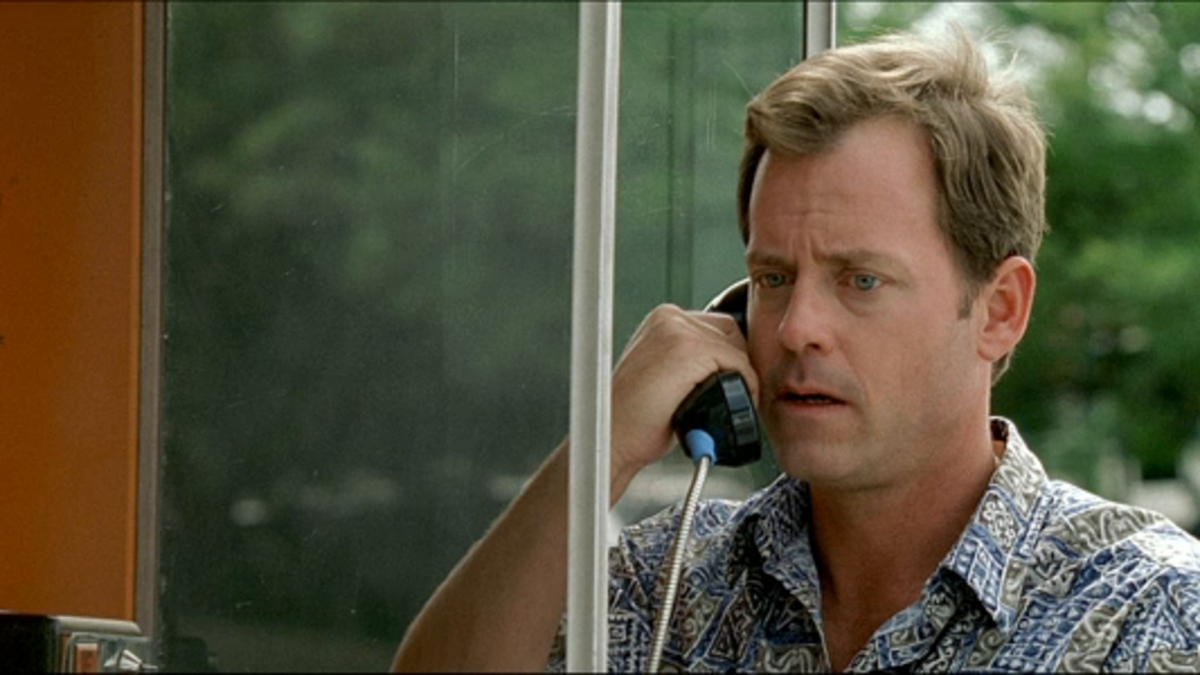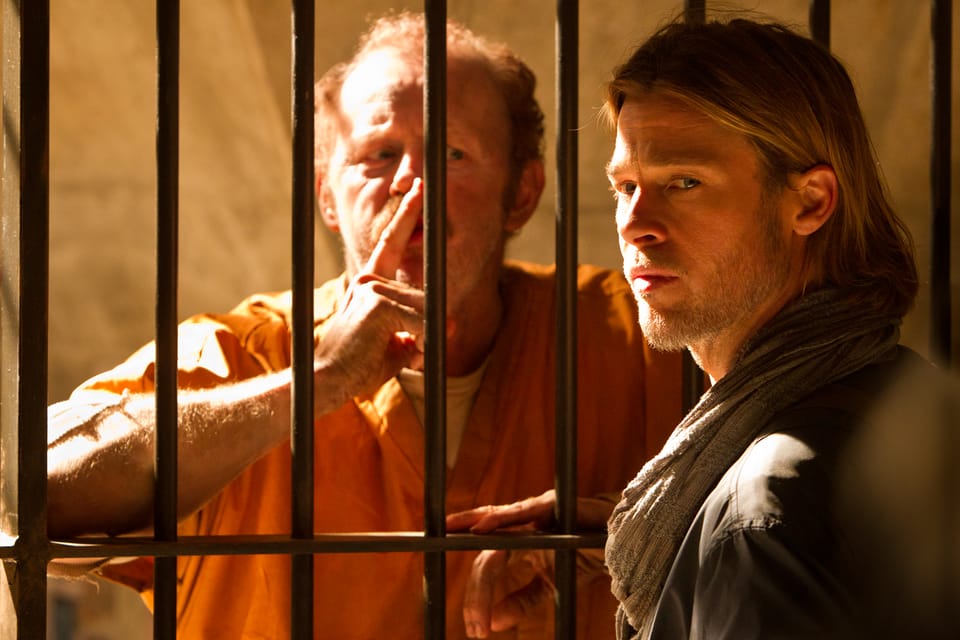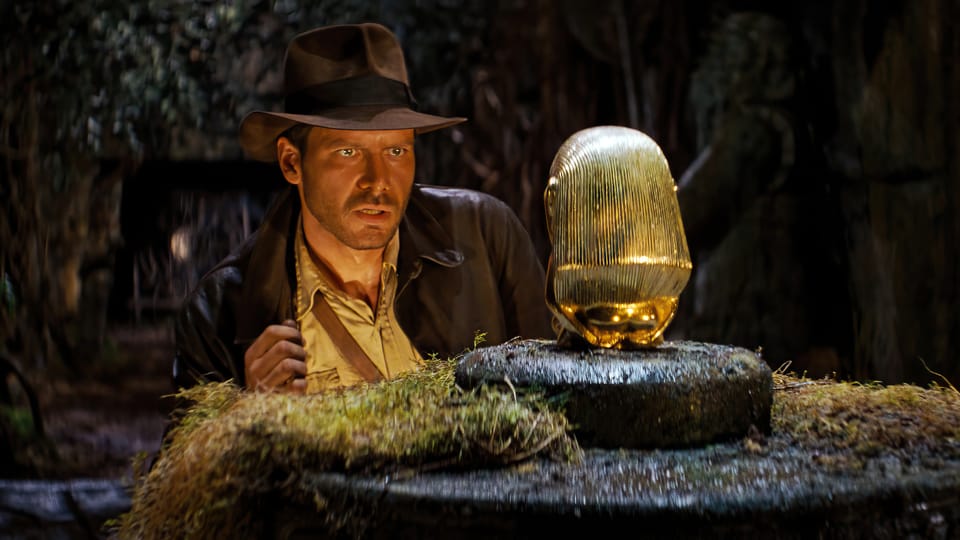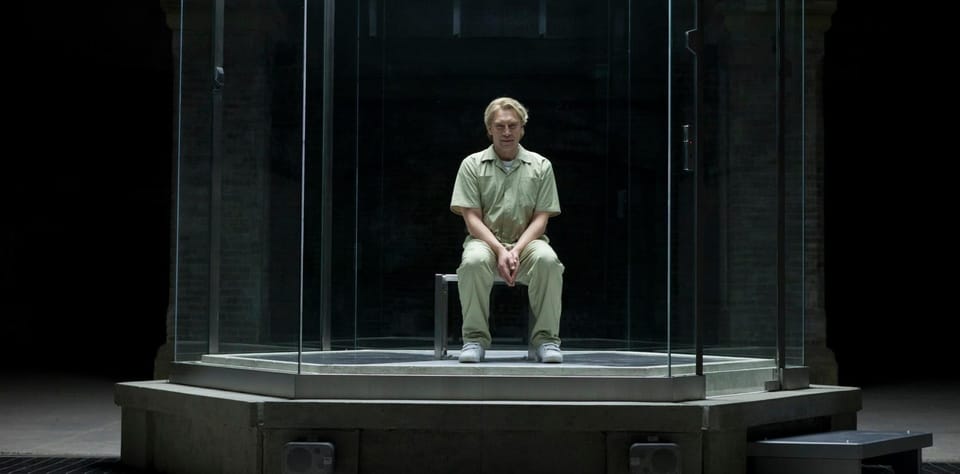How I Learned To Stop Worrying and Love Act 2
It is the last Tuesday of July and, therefore, the last entry in our unofficial series on character. Last week we covered character in the opening pages, and now I want to take you to one of my favorite topics... Act 2.

The Story and Plot Weekly Email is published every Tuesday morning. Don't miss another one.
It is the last Tuesday of July and, therefore, the last entry in our unofficial series on character. Last week we covered character in the opening pages, and now I want to take you to one of my favorite topics... Act 2.
To be more precise, the relationship between character and the second act.
Like most screenwriters, my early years with Act 2 were a struggle. Act 2 was where my scripts went to die. I just wanted to get to the good stuff in Act 3, treating Act 2 as filler so I'd have enough pages for a feature-length script.
These scripts were not very good.
I had three breakthroughs in understanding Act 2, each several years apart.
First was the importance of the midpoint and dividing Act 2 into 2A and 2B. This was a big leap for me, and soon after, I was writing professionally. Next, six years into my career, I discovered that I was unknowingly breaking each act into two sequences. So, in addition to structuring out four acts, I started structuring out eight sequences as well (we go into this in great detail inside Mastering Structure.)
The third leap for me is what we will discuss today: understanding the actual JOB of Act 2.
So yes, I wrote for years without a goal for Act 2. Just me, flailing along, trying to figure things out.
My best screenplays would do what I am about to share with you without me realizing it, but without the intention in every project, the work was pretty inconsistent.
This was especially true while on assignment because I was under tighter deadlines and without a system like I have now.
So what is the job of Act 2?
I'm glad you asked.
The job of Act 2 is for the protagonists to earn the spiritual, emotional, and physical tools to answer the dramatic question to the audience's satisfaction.
This is why Act 2 matters.
In Act 1, the character is not capable of answering the dramatic question to our satisfaction.
In Act 3, they are.
So Act 2 is about getting them there.
When you approach Act 2 with this in mind rather than, "What plot stuff can happen next?" you make your job 100x easier.
Once again, story is character, and character is story.
They are inseparable.
So much so that I define story in my classes as:
The transformational journey of a human being.
This transformation can be small; it can be drastic, and it can even be for the worse. But someone is changing if we want an emotional response from the audience.
So don't just think about how to get your character from A to D as simply a plot question. This is the mistake most new writers make.
Start thinking about how to get your character from A to D as a character question.
In other words, what has to happen to bring that change required so they can answer the dramatic question to the audience's satisfaction?
If this isn't the whole point of your second act, then the change is just a tacked-on "arc" that means nothing to anyone. We will have no emotional response to it because it will not be ingrained in the story.
Act 2 needs to be necessary.
Make these decisions:
Who do they become in Act 3?
This sounds obvious, but 95% of writers start writing without making this decision. The results are, at best, inconsistent. I used to be one of them. You don't have to be.
To write Act 2 with any intentionality, you need to know where your character will end up because Act 2 is all about creating the circumstances that get them there.
You must make this decision.
You cannot tell a story unless you know what story you are trying to tell. (Some will write to find their story, but that seems like 3x extra work for me. I don't have much interest in doing that.)
Once you make this decision, that decision becomes the guiding criterion for all other decisions.
What happens to get them there?
You have to figure this out. Done right, acts have broad throughlines that drive the narrative, but those throughlines are launched from scenes and choices.
Remember, we define characters as 1) What they want, and 2) What they're willing to do to get it.
This is illustrated through the choices they make.
When a character changes, one of those two things changes. And thus, different choices.
But they do not change on their own.
Something pushes them off the previous path into a new one.
We've all heard the advice to "torture your characters" or something similar.
But we don't talk enough about why.
You are pushing, prodding, kicking, and punching your characters to bring about change in them.
People don't change because they're happy. They change because they're miserable. They change because they're finally ready to try something else.
In the Monday night Story and Plot Pro session, we broke down the structure of LITTLE MISS SUNSHINE, where there is a good example. Greg Kinnear's character Richard Hoover starts the journey reluctantly, only caring about his book deal.
Just before the midpoint of the film, his book deal falls apart. All his plans are destroyed. When his father dies, Richard is now suddenly determined to get his daughter to the damn Little Miss Sunshine contest when he wasn't before. So determined, that he steals his father's body through the window and stuffs it in the back seat.
Events change Richard. And different choices are made.
What events are pushing your character towards their transformation or creating resistance to it?
The midpoint is often where a character shifts. In 2A, they are out of their ordinary world, but still trying to solve their problem the way they always would. It fails.
And now they are forced to try something else. And they are in that mode until their realization before Act 3.
This creates four separate throughlines for a character—one for each act. Act 1, Act 2A, Act 2B, and Act 3.
And that is your character journey. (Itself worth an entire email.)
HAVE FUN WITH ACT 2
Don't treat Act 2 like a drag.
Approach it with the enthusiasm it deserves. Make strong, bold choices that affect the protagonists and their choices. Those choices then affect the direction of the narrative.
When you do this, you'll discover what I did: Act 2 is where the fun happens. It's where some of the best character work emerges, and that's true whether it's a true character study or a genre film that relies heavily on action or scares.
Act 2 is both literally and figuratively the heart of the story.
The Story and Plot Weekly Email is published every Tuesday morning. Don't miss another one.
When you're ready, these are ways I can help you:
WORK WITH ME 1:1
1-on-1 Coaching | Screenplay Consultation
TAKE A COURSE
Mastering Structure | Idea To Outline




